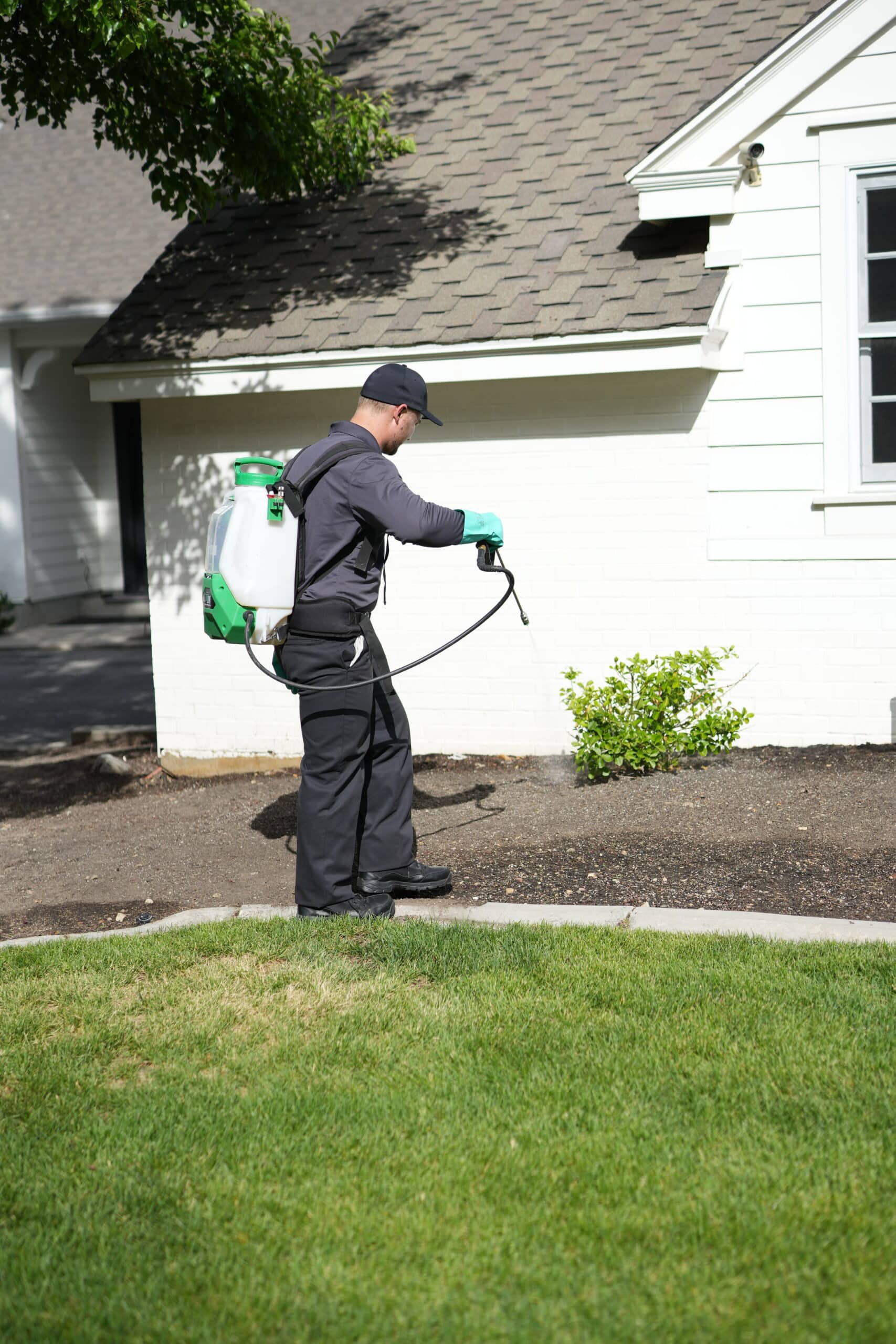Ant Pest Control
hawx is always reliable. always innovative.
20,000+ 5-STAR REVIEWS
“Connors Trader went the extra mile to make sure he listened to our needs regarding the ant problem we had.”
- Larry
“He sprayed indoors and out, swept my eaves for spider webs and took care of a couple of wasp nests.”
- Rick
“He even sprayed on my deck, which no one else has done.”
- Sue
A Guide to Ant Pest Control

Get $150 Off Ant Service
Warm summer months mean more open windows, picnics, backyard barbecues, and of course, more ants. Unfortunately, ants increase their activity and search for food as the weather gets warmer. In fact, ants are among the most common household pests across the U.S. They thrive in warm weather, gathering food and preparing for hibernation during winter. Once ants find an entry point to your home, an ant infestation can happen quickly.
If you’re dealing with an ant problem in your home, read this guide to learn how ant pest control treatment can restore peace to your interior space.
What is the best pest control method for ants?
The type of ant pest control services that work best depends on the species of ant you’re dealing with and your specific situation. Hawx offers a General Pest Control service package can effectively handle most types of ant infestations. Our “GPC” package offers protection against the most common household pests, including several varieties of ants. Although we refer to this plan as “general,” the services we provide are tailored to your individual needs and your region. We take great care to create a customized pest control plan for each home we visit.
What are the types of ant treatment programs?
Hawx professionals provide customized pest control for ants that meet your home’s specific needs and address unique challenges of different varieties of ants. Along with our GPC services, we offer optional packages specifically targeting two species of ants—fire ants and carpenter ants—which differ from other ant species in material ways and require different treatment plans.
Fire ant pest control methods
When fire ants bite, they inject something called formic acid into the skin. This can cause welts, allergic reactions, and white bumps that often last several days, making them a public health concern and an unwelcome visitor to your home. The process of fire ant pest control is complex and requires specialized attention. Depending on the size of your property and the number of fire ant mounds, our team develops a wide-scope treatment covering most of your outdoor spaces. We can also implement a specific mound-based treatment for excessive ant mounds in areas where children or pets spend time.
Carpenter ant pest control methods
Carpenter ants require specialized treatment because they destroy the wood in the structure of your home. They chew through wood without consuming it, leaving behind a material similar to sawdust. The optional carpenter ant service works to eliminate existing carpenter ant nests and prevent the formation of new nests.
Because carpenter ants can be hard to locate on your property, uur teams start by focusing on the inspection process. We also identify all moisture conditions and provide recommendations to help prevent carpenter ants from even getting started on new nests. We then perform a two-part treatment of dust products and baits that can work as fast as 7 to 10 days.
How much does professional ant treatment cost?
At Hawx Pest Control, ant control is part of our affordable general pest control package (with Fire Ant and Carpenter Ant treatments being separate). The total cost of your ant control treatment will be noted in a free estimate that depends on several factors we determine on our first visit to your home.
Can Hawx Pest Control help me get rid of ants?
Yes, we can! With proven methods, qualified technicians, and the best products and services available, Hawx is the undisputed leader in pest control solutions. Our teams are trained to ensure the highest quality results, leading to a safer and more reliable outcome. Our customized treatment programs address current ant problems and prevent future infestations, restoring peace to your home. Call us today for a free estimate, and get back to enjoying pest-free time with your family.
Get $150 Off Ant Service
Read more about ants

Detecting Invaders: 5 Signs of Carpenter Ants in House
Detecting Invaders: 5 Signs of Carpenter Ants in House Your home is your sanctuary, a place of comfort and safety. But sometimes, unwanted guests can

Understanding the Role and Importance of the Carpenter Ant Queen
Understanding the Role and Importance of the Carpenter Ant Queen The forest is a lovely place, dark and deep, and filled with a colorful cast

Unraveling the Mystery of How Does Ant Bait Work to Eliminate Infestations
Unraveling the Mystery of How Does Ant Bait Work to Eliminate Infestations Imagine coming home to a flood of industrious ants, invading your personal space



